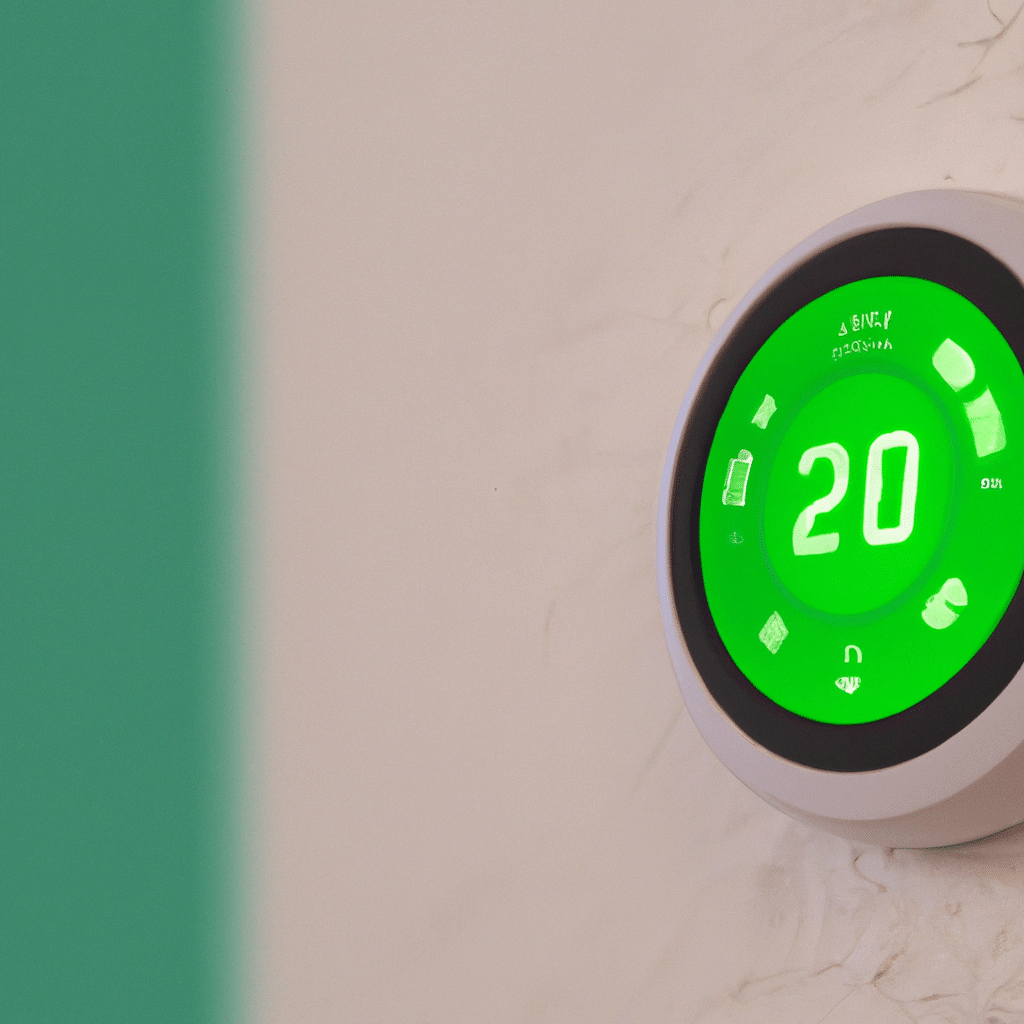Smart thermostats have become increasingly popular in recent years as homeowners look for ways to save energy and reduce their carbon footprint. These devices are designed to provide greater control over home heating and cooling systems, allowing users to adjust the temperature from anywhere at any time. In this article, we’ll explore the benefits of smart thermostats and how they can help homeowners save money and energy.

What Is a Smart Thermostat?
A smart thermostat is a device that can be connected to a home’s heating and cooling system. Unlike traditional thermostats, which require manual adjustments, smart thermostats can be programmed to adjust the temperature automatically based on the user’s preferences. They can also be controlled remotely using a smartphone app, allowing users to adjust the temperature from anywhere.
Energy Savings
One of the primary benefits of smart thermostats is their ability to save energy. By using advanced algorithms and sensors, these devices can learn the user’s schedule and adjust the temperature accordingly. For example, if the user is away from home during the day, the thermostat can lower the temperature to save energy. When the user returns home, the thermostat can raise the temperature to ensure comfort.
Studies have shown that smart thermostats can reduce energy consumption by up to 20%, resulting in significant cost savings over time. In addition to saving money on energy bills, smart thermostats can also help reduce greenhouse gas emissions, making them a more environmentally friendly choice.
Convenience
Another benefit of smart thermostats is their convenience. With traditional thermostats, users must manually adjust the temperature throughout the day to maintain comfort. Smart thermostats, on the other hand, can be programmed to adjust the temperature automatically based on the user’s schedule. This means that users can enjoy a comfortable home without having to constantly adjust the thermostat.
In addition, smart thermostats can be controlled remotely using a smartphone app. This allows users to adjust the temperature from anywhere, whether they’re at work or on vacation. Some smart thermostats even have voice control features, allowing users to adjust the temperature using voice commands.
Improved Comfort
Smart thermostats can also improve home comfort by providing more precise temperature control. Traditional thermostats may have a limited temperature range, which can lead to fluctuations in home temperature. Smart thermostats, on the other hand, can adjust the temperature in small increments, providing more precise control over home comfort.
In addition, some smart thermostats have features that can detect when a user is home and adjust the temperature accordingly. For example, the thermostat may raise the temperature when a user enters a room and lower it when the room is empty. This can help ensure that users always enjoy a comfortable home environment.
Compatibility with Other Smart Home Devices
Smart thermostats are often designed to work with other smart home devices, such as Amazon Alexa or Google Home. This allows users to control their thermostat using voice commands, making it even more convenient to use. Some smart thermostats can also be integrated with other home automation systems, such as lighting or security systems, allowing users to control all aspects of their home from a single app.
Conclusion
Smart thermostats offer many benefits to homeowners, including energy savings, convenience, improved comfort, and compatibility with other smart home devices. By choosing a smart thermostat, homeowners can enjoy greater control over their home heating and cooling systems, resulting in cost savings and a more comfortable home environment. As technology continues to advance, we can expect to see even more innovative features and benefits from smart thermostats in the years to come.












